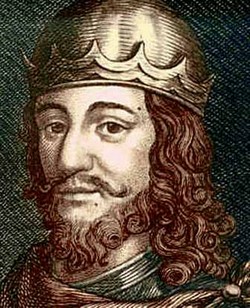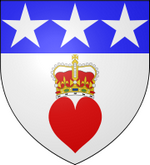|
Robert the Bruce "Onward braveheart, Douglas shall follow thee or die." After the death of the great warrior-king, Robert the Bruce, (Robert de Brus, son of the Lord of Annandale), his body was buried in Dunfermline Abbey in the county of Fife. His heart was taken as a talisman on a crusade by his friend and compatriot Sir James Douglas, otherwise known as the Black Douglas. Douglas was eventually ambushed and killed, but as he realised he was about to die, Douglas is said to have thrown King Robert's heart to his companions for safe-keeping and cried out these words Bruce's heart, according to the orginal decree, is now buried at Melrose Abbey, near the Scottish borders. 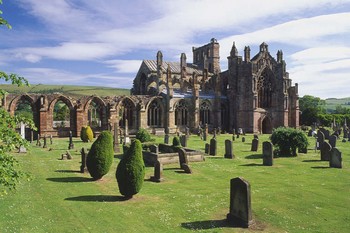
I thank Robert the Bruce for the personal lesson he taught me. As a child in a Scottish school, as averse as I was to the bloodletting of Scottish history, it is impossible not to be inspired by his story. It goes like this.. After murdering his rival, Comyn, on sacred ground, (some said in front of the altar at Greyfriar's Monastery), Bruce was a fugitive. His castles had been confiscated, his wife and daughter captured by the English, his brother murdered, and the Countess of Buchan, who had crowned him King of Scotland at Scone Palace, suspended from the castle walls in a cage.
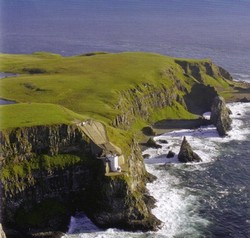
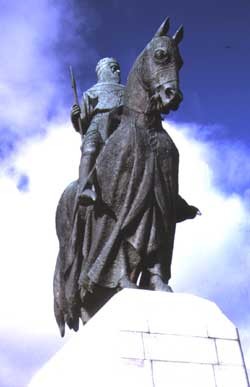
Culminating in the Treaty of Northampton in 1328, which saw Edward II give Scotland its independence, and recognise Robert the Bruce as king, his series of victories followed on where William Wallace, who was executed by the English, left off. He is a hero to this day, his name prominent amongst Scottish heroes, and his legend very much kept alive, even appearing recently on this Scottish stamp, which commemorates the Battle of Bannockburn. 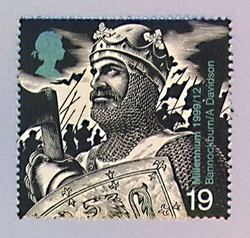
|





